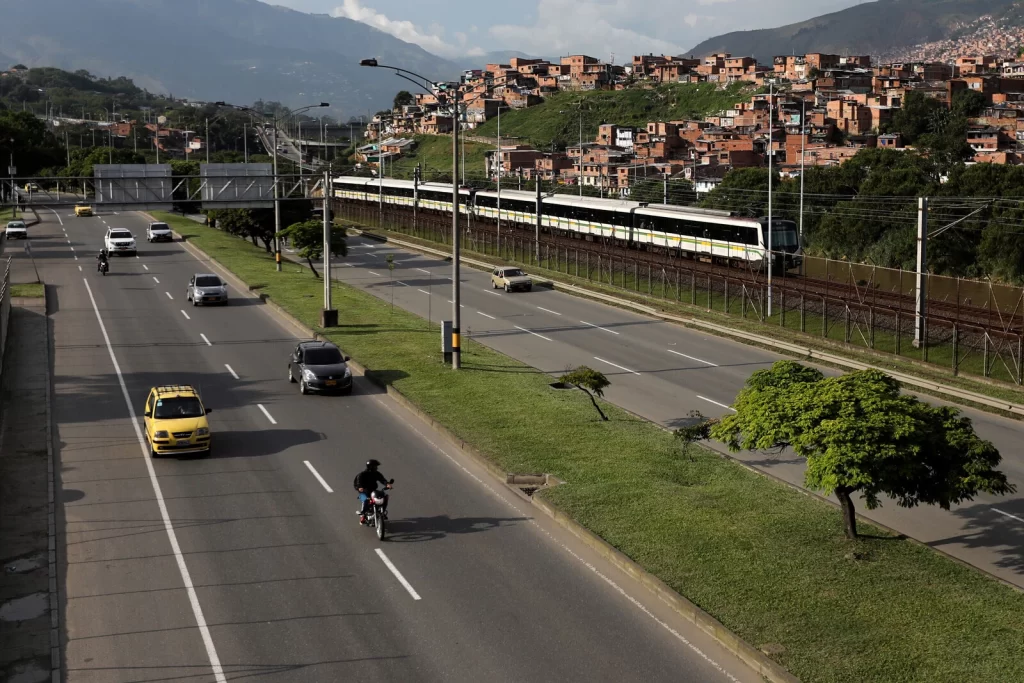Medellínthe vibrant Colombian city, has achieved a significant milestone in its fight against the urban heat. With an investment of only US$6.50 per person, it has been able to reduce its temperature average by 2 °C.
This achievement was made possible thanks to the implementation of innovative "green corridors".The project, which included strips of trees and plants strategically located throughout the city, required an initial investment of US$16.3 million, followed by annual maintenance of US$625,000. This initiative required an initial investment of US$16.3 million, followed by annual maintenance of US$625,000, he noted. World Economic Forum.
The phenomenon known as the heat island effectwhich affects the urban areas due to heat retention by building materials and roads, has led cities around the world to seek nature-based solutions such as this one to try to dampen the high temperatures.
Despite enjoying a relatively stable temperature between 22 and 24 °C throughout the year due to its location in a valley surrounded by mountains, Medellín has faced challenges due to its urban density and decreasing green areas. The growing atmospheric pollution has also contributed to the city heating.
Aware of the importance of addressing this problem in a sustainable manner, urban planners from Medellín have opted for green corridors, which not only provide natural shade and promote the biodiversityThey also reduce heat through evapotranspiration, a process that introduces water vapor into the environment.
The initiative of Medellín has not only reduced the temperature and improved air quality in the city, but has also highlighted the value of the city's nature-based solutions. This approach is gaining popularity among urban planners concerned about the welfare of cities amidst the global climate crisis.
Can you imagine the big cities of the Sea of Cortés Regionas Mexicali, Hermosillo, Culiacan o La Pazby adopting this type of initiative to fight against the high temperatures that burden them? The solution lies in nature itself and in people's willingness to take the step towards these measures.
Source: World Economic Forum


